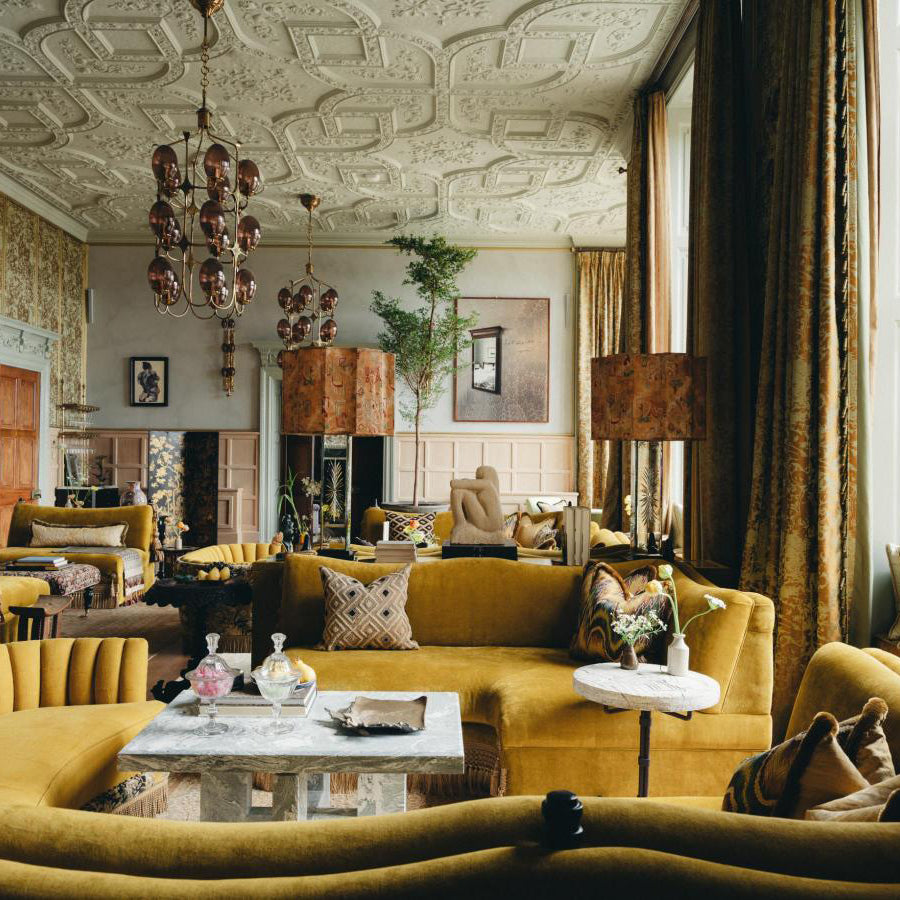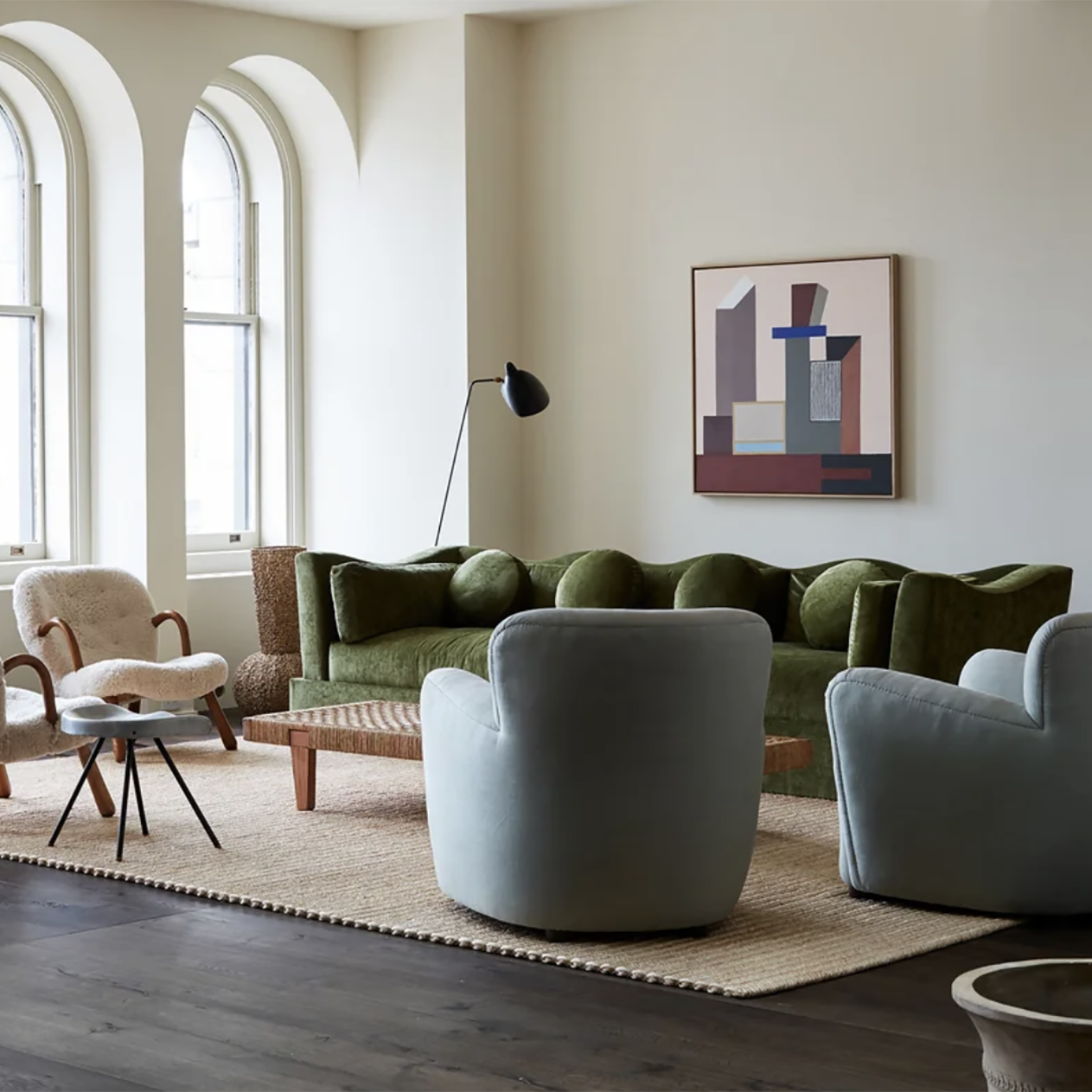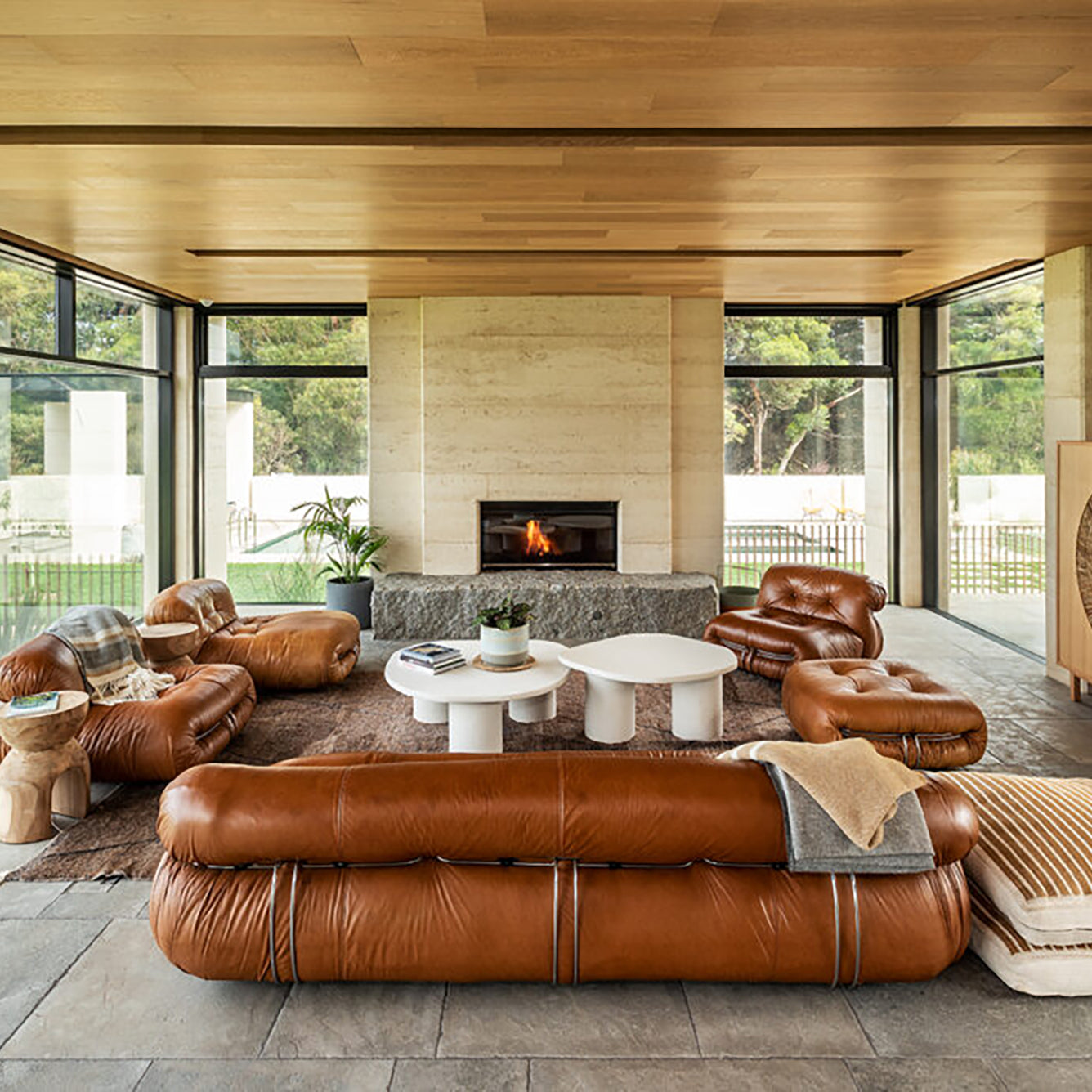MUSINGS, INSPIRATIONS, RECIPES, FEATURES & MORE
LATEST / INTERIORS INSPIRATION / COUNTRY & PERIOD HOUSE GUIDES / MUSINGS / SUSTAINABILITY / FEATURES / HEALTHY LIVING
A GUIDE TO HOW ROOMS HAVE CHANGED OVER THE YEARS IN COUNTRY HOUSES
The alteration in country houses through the centuries reflects many factors and influences including a change from a predominantly rural to an industrial economy, the age and style of the house and to some degree, its location and even the building materials it is made from.
Many owners of old houses which have been modernised over the preceding decades often wonder what the original layout of the house would have looked like. Newer rooms converted for modern living like downstairs shower rooms and toilets must have had a different purpose two centuries earlier. Here are how some of the key rooms within country houses have transformed and altered over the centuries.
THE KITCHEN

In the 21st century, the kitchen really is the heart of the home and a dominant room which is often merged into the living area in an open plan style even in old properties. Scroll back a couple of centuries and the kitchen was still hugely important but depending on the wealth and status of the house owner or occupant, was often hidden away at the back of the property. A kitchen was a not a place to socialise for the landed aristocracy and gentry and was only used for family gatherings in more rustic properties and even these would always have had a front room or parlour for visitors. Compare this to how everyone congregates in the kitchen in the modern world.
THE DRAWING ROOM

The drawing room was kept for receiving visitors and entertaining – in a Georgian property, the two key formal rooms were always at the front of the house. In the 21st century, these two rooms are still present (if the house hasn’t been structurally altered) and these are usually now a lounge or sitting room and a dining room.
At the back of the property there may have been a parlour to welcome visitors or tradespeople who were not allowed to use the front door. Even rustic farmhouses and cottages would have a parlour for visitors; it is a relatively modern trend to meet and greet in the kitchen.
THE UTILITY ROOM

The utility room is a modern invention and really evolved as innovative appliances and white goods began to dominate in the home from the early post war years of the last century. Even a 1950s kitchen would make space for a washing machine and mangle and perhaps a fridge if you were lucky – fast forward to the modern-day kitchen where at least one freezer is the trend plus a fridge, washing machine, tumble dryer and dishwasher. Not surprising then that to create a separate area for all of these items has become popular but there is a bit of a precedent. Some large country houses would have had a laundry room where all the linen was washed, pressed and ironed – it makes sense to have a room dedicated to laundry even today. Nowadays, white appliances are often banished from the kitchen to leave more space for storage and cookery plus it removes the noise element especially if the kitchen and dining area are open plan.
THE BOOT ROOM

A cross between a utility room and a mud room, there is no evidence that boot rooms existed in old country houses, perhaps they are a more modern trend where dogs and mud and boots are confined until they are clean, designed to protect a plush, carpeted interior. Again, fitted carpets are a relatively new invention as previously floors would have been tiled or be covered in flagstones or made of wood with rugs in the more formal rooms.
Many houses combine a boot room with a utility room, often the floor is tiled which makes it easy to wash and keep clean and if you have been very spoiled, you can fit two washing machines, one for humans and one for dogs.
A boot room usually features space and storage for hats, coats and boots plus all the other things that might be associated with country living such as dog leads and harnesses. Often dogs will sleep and eat in boot rooms. A boot room can usefully have a sink and so sometimes an old scullery or back kitchen in a country house is converted into a boot room. Boot rooms like utility rooms are usually at the back of the house and near the kitchen.
THE LARDER OR PANTRY

A feature in all houses until the arrival of fridges and fitted kitchens, a larder or pantry was often a separate room within the kitchen or adjacent to it. They have been sacrificed in many period homes to maximise kitchen space because having a cool storage space is no longer such a key requirement with modern refrigeration and freezers. A larder is jolly useful however and great extra storage space if you happen to have a property with a walk-in larder or pantry – they have something of a cachet and valued for the period feature that they undoubtedly are.
Original country house layout reflects the age of the property, its status in terms of the wealth of the owners and building materials to a degree. Did you know that some clay lump houses don’t have cellars because they would fill up with water in the winter months although this can provide cool storage during the summer?
Finding out what your house used to look like, becoming a house detective, is a popular trend with lots or resources available online. At the heart of this is finding out the type of families who occupied the house and understanding how they lived their lives as this dictated and shaped any old country house.
If you would like to discuss a period design & renovation project with us, please email projects@fawninteriors.co or call 01962 435 035.




